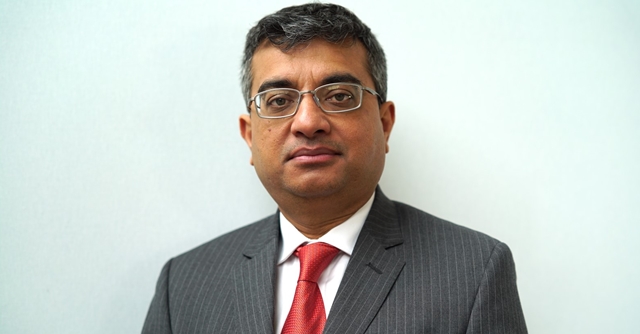
Harnessing data for stronger patient-physician relationships


With a sizeable portion of healthcare provided virtually or online nowadays, the evolution of the patient-physician relationship and the way they engage and communicate will be significant for the continued effectiveness of care.
Research also supports the idea of converting the patient’s home to a hospital-like facility as a way to strengthen the patient-provider relationship. This arrangement is expected to help patients recuperate better and reduce the possibility of conditions becoming chronic. The hospital-at-home market is expected to grow to over $514 billion by 2031 at 8.62% CAGR.
As such, healthcare practitioners are hard-pressed to reimagine their ways of working and deliver the best care possible. The future of healthcare rests on the ability to improve patient-centricity, personalization, convenience, affordability, and communication to elevate medical interventions and outcomes. Additionally, the industry is reeling under the twin pressures of escalating costs and a short supply of staff.

The role of data in enabling this shift
Digital and analytical capabilities must be improved to enable as well as accelerate the decision journeys of healthcare professionals. For instance, gaining access to up-to-date and accurate real-world information about their patients can make a world of difference to physicians. Data from various sources can be used to track and understand the value and efficacy of ongoing healthcare interventions and course-correct areas that need improving.
The ability to convert raw data into real-world insights and intelligence such as patient similarity analytics, progression of the patient’s condition etc. will prepare medical practitioners better. It will help improve how they diagnose, suggest therapy alterations, deliver outcomes, and communicate with patients backed by the confidence of solid information.

Data can be harnessed by those seeking care as well. Modern-day patients want to take charge of their own healthcare needs and journey – they tend to do their own research on the best care provider, facility, medical intervention, drug etc. The risk here is it can lead to incomplete, subjective, misleading, and inaccurate information and encourage a tendency to self-diagnose or medicate, with adverse effects.
These challenges can be addressed by enabling the right awareness, digital literacy, and access to unbiased and accurate information on websites, digital platforms etc.
The need for a more intelligent, cohesive healthcare ecosystem

The developments in the industry point out why the pervasiveness of health data must be tapped into, more fully. For example, secondary use of data generated in abundance through clinical trials, drug research, sales etc. can be enhanced to inform other parts of the healthcare ecosystem. Clinicians, researchers, physicians, and other stakeholders should also work in tandem, collaborate for data and drive the above goals.
Here are a few data synergies that can be explored by medical practitioners to strengthen their relationships with patients and the quality of care, overall:
Tap into epidemiology data to understand whether specific patients are likely to benefit from a particular drug/procedure and suitable for it.

Look at the patient’s digital activity to understand their usage of a drug/intervention and identify potential improvements and alternatives.
Leverage primary research and recommendations from key opinion leaders to discover the real needs of the patient and develop medical interventions accordingly.
Boosting the healthcare ecosystem with data-driven technologies

The case for remote patient monitoring is growing stronger. It offers significant advantages such as freeing up hospital beds and precious time for care providers, and could become a sustainable option, if not the norm.
In different aspects, technologies like AI, wearables, sensors, cloud and edge computing, blockchain, and Extended Reality can prove instrumental in harnessing data better. For instance, AI can be used to track a patient’s use of prescribed medication and flag off likely drop-outs to trigger necessary interventions. Wearable technology can help continuously monitor the patient’s journey in a passive, non-intrusive manner and encourage their stickiness to the intervention. AR/VR can be introduced where the situation calls for different or unconventional therapeutic modes. Blockchain, on its part, offers reliable and safe ways to gather and share health data.
Working together, these can be powerful in facilitating unified, coherent intelligence from various stakeholders in the ecosystem to elevate patient-physician engagement, interventions, and communications.

Data is everywhere. But it can also be raw, unstructured, unusable, and even inaccessible. Studies show that massive amounts of research data from clinical trials, market studies etc. are unused or wasted. Another problematic area is an overload of data that leads to confusion and chaos for both patients and the already overburdened healthcare system.
By using AI-based systems and other advanced tools, it will become easier to make sense of massive data sets and find the right linkages, patterns, and actionable insights that lead to clear-sighted, decision-making and cohesive working among different stakeholders of health.

Subhro Mallik
Subhro Mallik is the senior vice president and global head, Life Sciences at Infosys.
